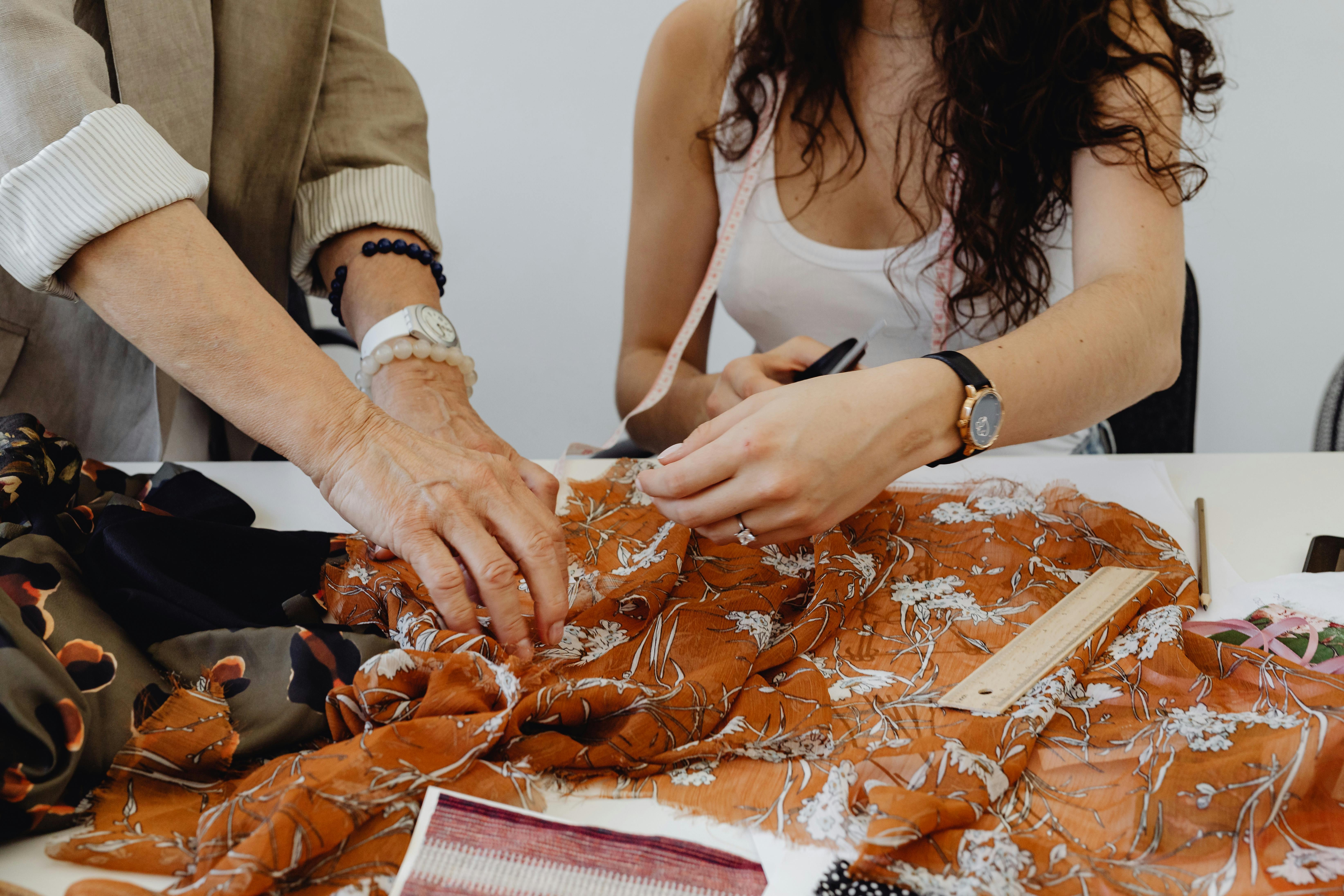The 3 Most Important Steps to Finding Your Perfect Swimwear Manufacturer

Choosing the right manufacturing partner is the single most critical decision you will make for launching a swimwear brand. It dictates your product's quality, your brand's reputation, and your ability to scale. Unlike regular apparel, swimwear requires specialized knowledge in technical fabrics, unique seam constructions, and precise fit grading to withstand chlorine, saltwater, and UV exposure. Don't treat this relationship as a simple transaction; view it as a long-term partnership. By focusing on three key areas—Specialized Expertise, Quality & Transparency, and Financial Alignment—you can vet potential partners and build a foundation for success.
1. Specialized Expertise and Technical Mastery
Swimwear is a highly technical garment. Your swimwear manufacturer must be a specialist, not a generalist apparel factory. The material and construction requirements are non-negotiable for a premium product.
Technical Fabric Handling and Sourcing
• Fabric Composition: The best manufacturers understand high-performance fabrics like Nylon/Spandex (Lycra/Elastane) blends, Recycled Polyester (rPET), and PBT (Polybutylene Terephthalate) for chlorine resistance. Ask them to demonstrate their sourcing network, particularly for specialized, sustainable, or certified materials (like OEKO-TEX® or GRS-certified recycled fabrics).
• Specialized Machinery and Stitching: The factory must possess the correct machines and expertise for flatlock stitching or other reinforced seams. Standard stitching will not provide the necessary stretch, recovery, and durability required for swimwear. A true specialist will offer insights on seam allowance, thread type, and construction methods to prevent tearing or unraveling.
Pattern Making and Fit Grading
• Fit is King: A great design is useless if the fit is poor. Swimwear grading—the process of creating different sizes from a base pattern—is notoriously complex due to the two-way or four-way stretch of the fabric. Inquire about their process for fit sessions and how they ensure the style and proportions remain consistent across an entire size run, especially for extended or plus-sizes.
• Design & Development Support: Do they offer pattern making and sampling services in-house? A manufacturer who can turn your technical pack (or even a sketch) into a production-ready pattern efficiently demonstrates a high level of expertise.
2. Non-Negotiable Quality Control and Transparency
Your reputation is sewn into every piece they produce. A rigorous Quality Control (QC) process and open communication are vital to minimizing defects and customer complaints.
Rigorous Quality Assurance (QA) Process
• Testing Protocols: Ask about their In-Line Inspection and Final Quality Audit (AQL) process. They should be testing the fabric for colorfastness (will the colors run or fade?), chlorine resistance, and stretch/recovery before, during, and after production. Request a Pre-Production (PP) sample for final approval before bulk cutting begins.
• Physical Evidence: Always request and review product samples from previous work, or better yet, do a trial order for your own design. This is the only way to truly vet their craftsmanship, from the quality of the stitching to the precision of pattern alignment.
Clear Communication and Ethical Standards
• Responsiveness: A lack of clear, timely communication is the number one partnership killer. A responsive manufacturer demonstrates respect for your timeline. Establish a Communication SLA (Service Level Agreement) early on, detailing how often you'll receive updates and the expected response time.
• Ethical Vetting: Today’s consumers demand ethical sourcing. Ask for certifications (like BSCI, SEDEX, or WRAP) to verify fair labor standards, safe working conditions, and environmental compliance. Transparency in their labor and sourcing practices builds consumer trust in your brand.
3. Financial Alignment: MOQ, Pricing, and Lead Times
The most beautiful product means nothing if the cost or order quantity makes your business model unviable. You need a partner whose capabilities match your current stage of growth.
Matching Minimum Order Quantity (MOQ)
• Start-Up vs. Scale-Up: A high MOQ (e.g., 1,000 units per style) can sink a new brand, while a factory with a low MOQ (e.g., 50-100 units) may not be able to handle your demand once you scale. Be transparent about your current and projected order volumes. The best partners offer tiered MOQs that allow you to start small and scale up without switching factories.
• Negotiation: Understand how MOQs are calculated (per style, per color, or per print). Flexibility in these terms can drastically affect your initial investment.
Transparent Costing and Lead Times
• Line-Item Cost Breakdown: Insist on a fully transparent pricing structure (often called the Bill of Materials or BOM). The final price per unit should clearly break down the cost of fabric, trims (e.g., linings, hardware, and padding), labor, and packaging. This protects you from hidden fees and allows you to negotiate based on material choices.
• Realistic Timelines: Production lead times for swimwear, from sample approval to delivery, typically range from 4 to 12 weeks, depending on complexity and season. Always build in buffer time. Get an On-Time Delivery (OTD) percentage or guarantee written into your agreement to hold them accountable.
- Questions and Answers
- Opinion
- Motivational and Inspiring Story
- Technology
- Live and Let live
- Focus
- Geopolitics
- Military-Arms/Equipment
- Security
- Economy
- Beasts of Nations
- Machine Tools-The “Mother Industry”
- Art
- Causes
- Crafts
- Dance
- Drinks
- Film/Movie
- Fitness
- Food
- Games
- Gardening
- Health
- Home
- Literature
- Music
- Networking
- Other
- Party
- Religion
- Shopping
- Sports
- Theater
- Health and Wellness
- News
- Culture

